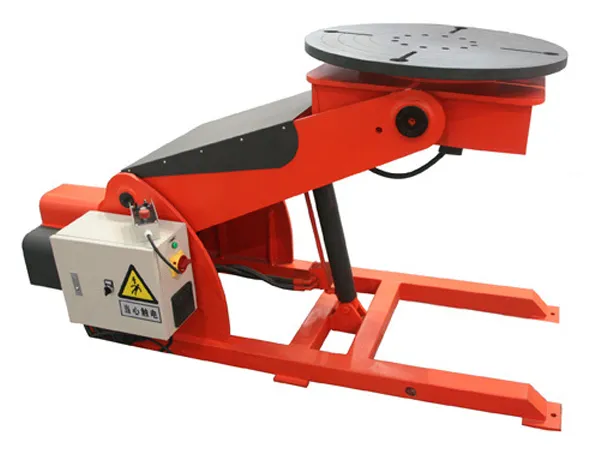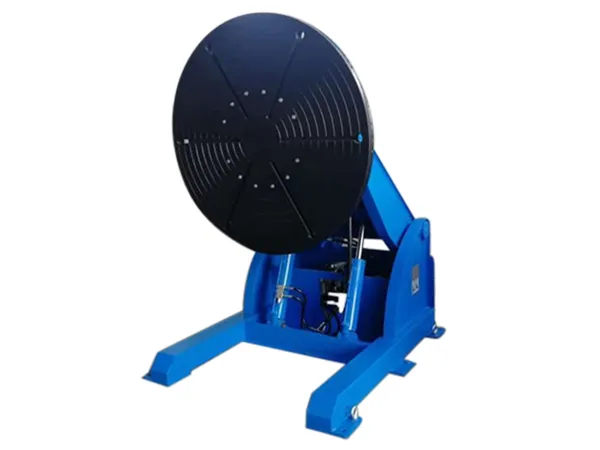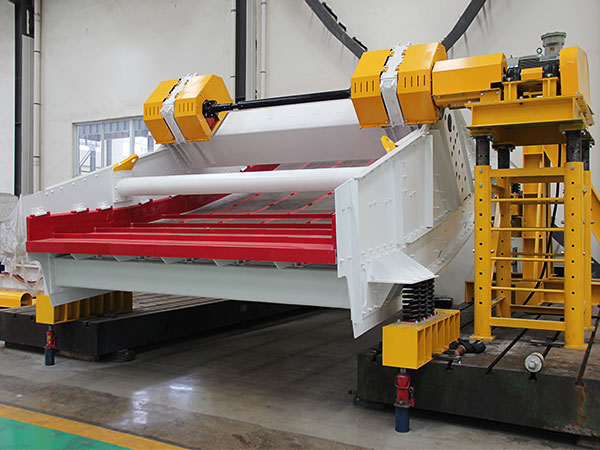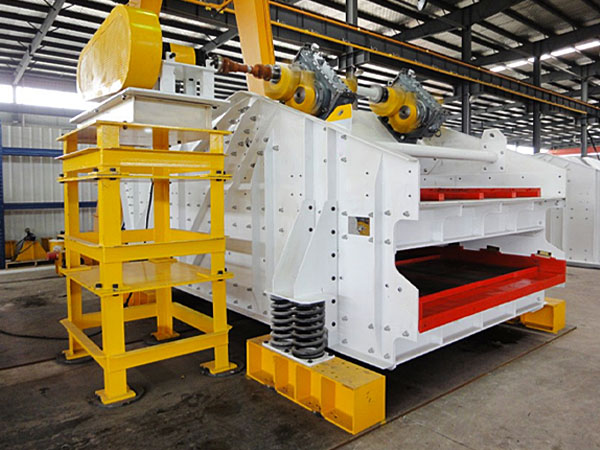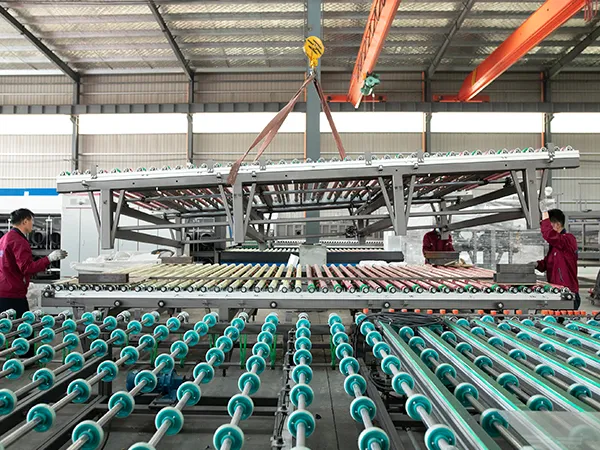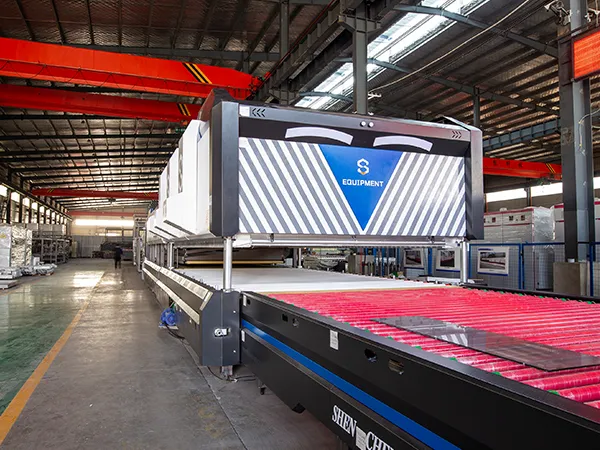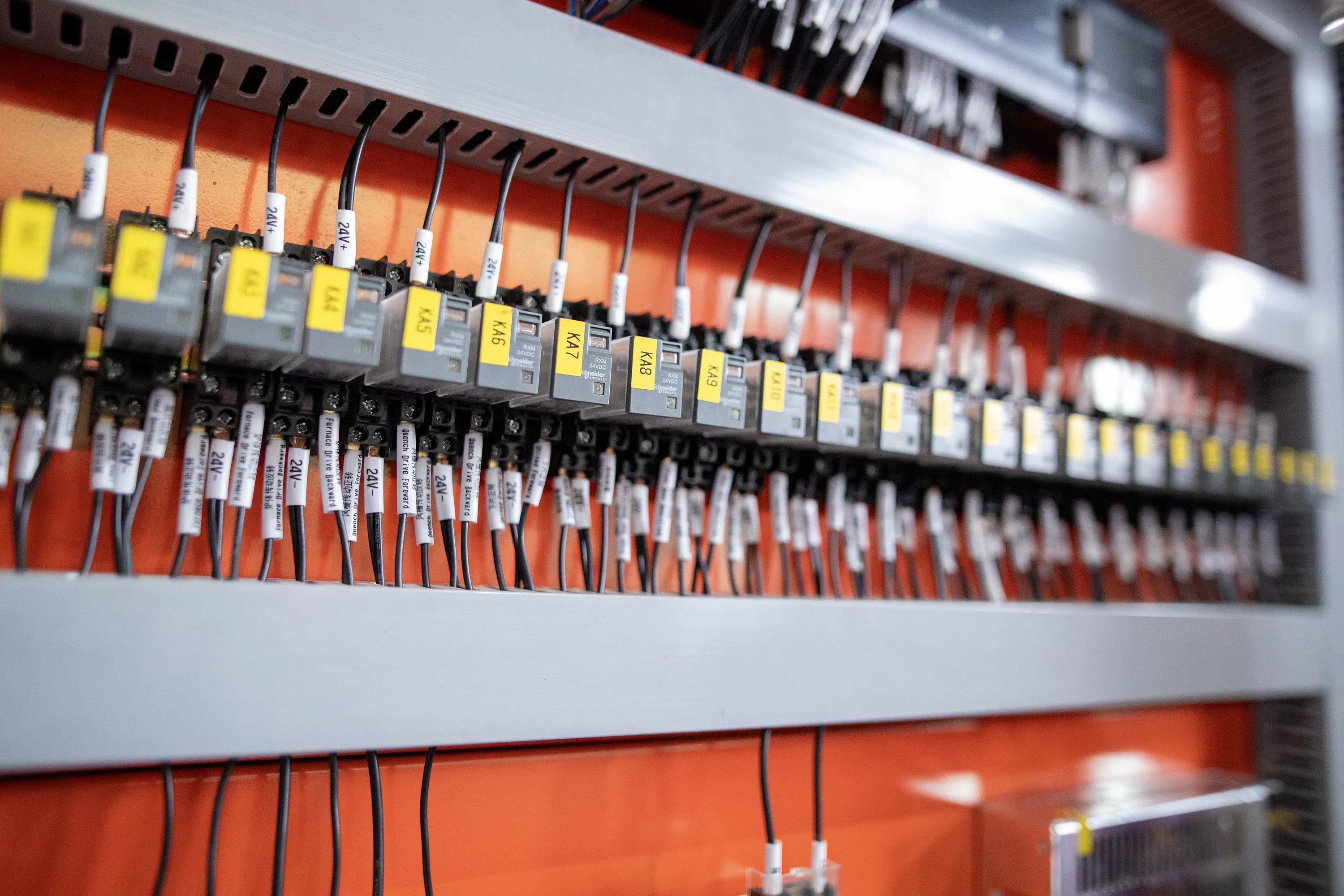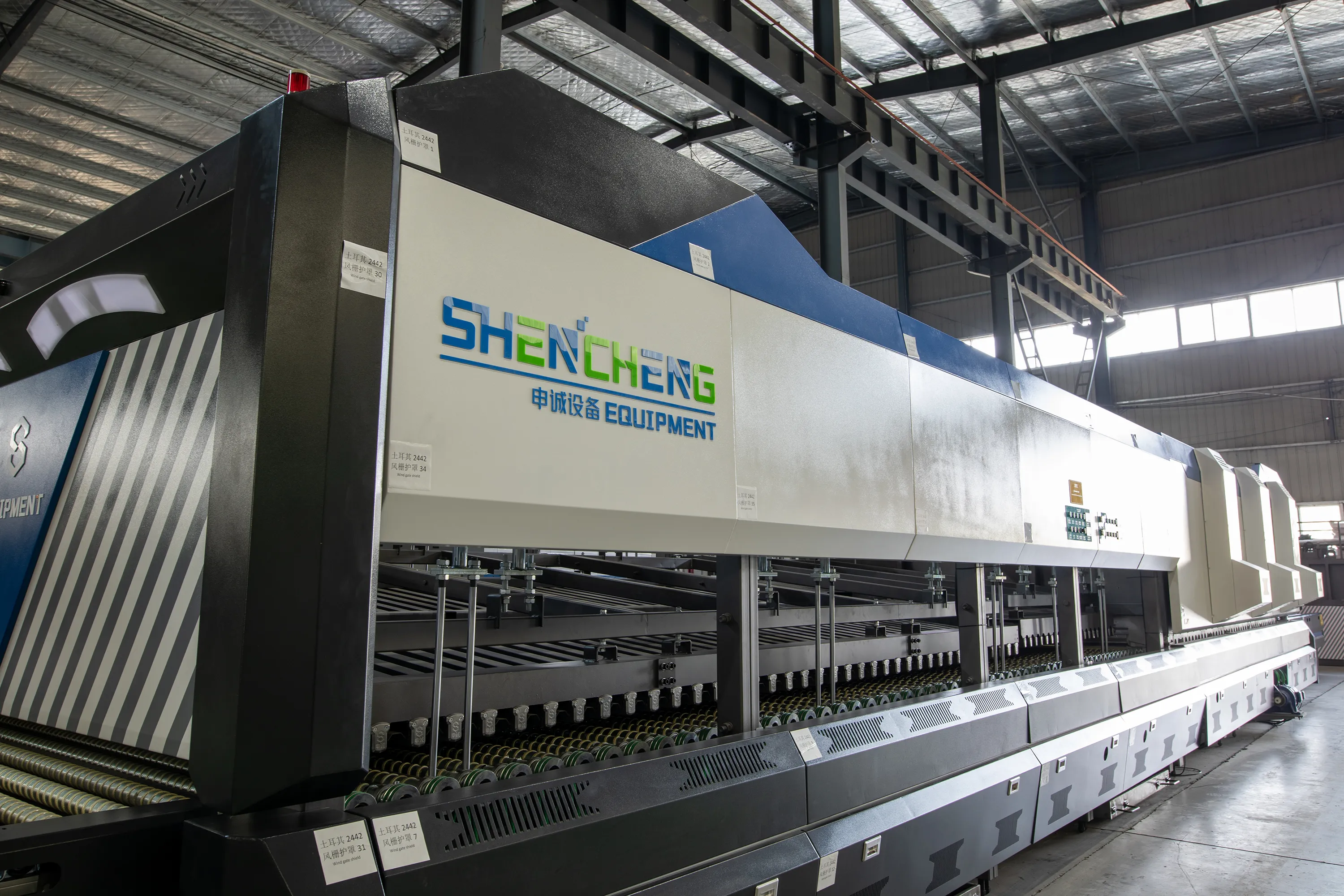The welding column boom is an automated or semi-automated welding operation that is widely used in a variety of welding processes and industries. Enterprises in the selection of welding operators will generally be based on their actual needs, customized to the equipment manufacturer. In this article, Bota editorial mainly for you to introduce the welding column boom manufacturers to customize the process and considerations.
First, welding column boom manufacturers customized process
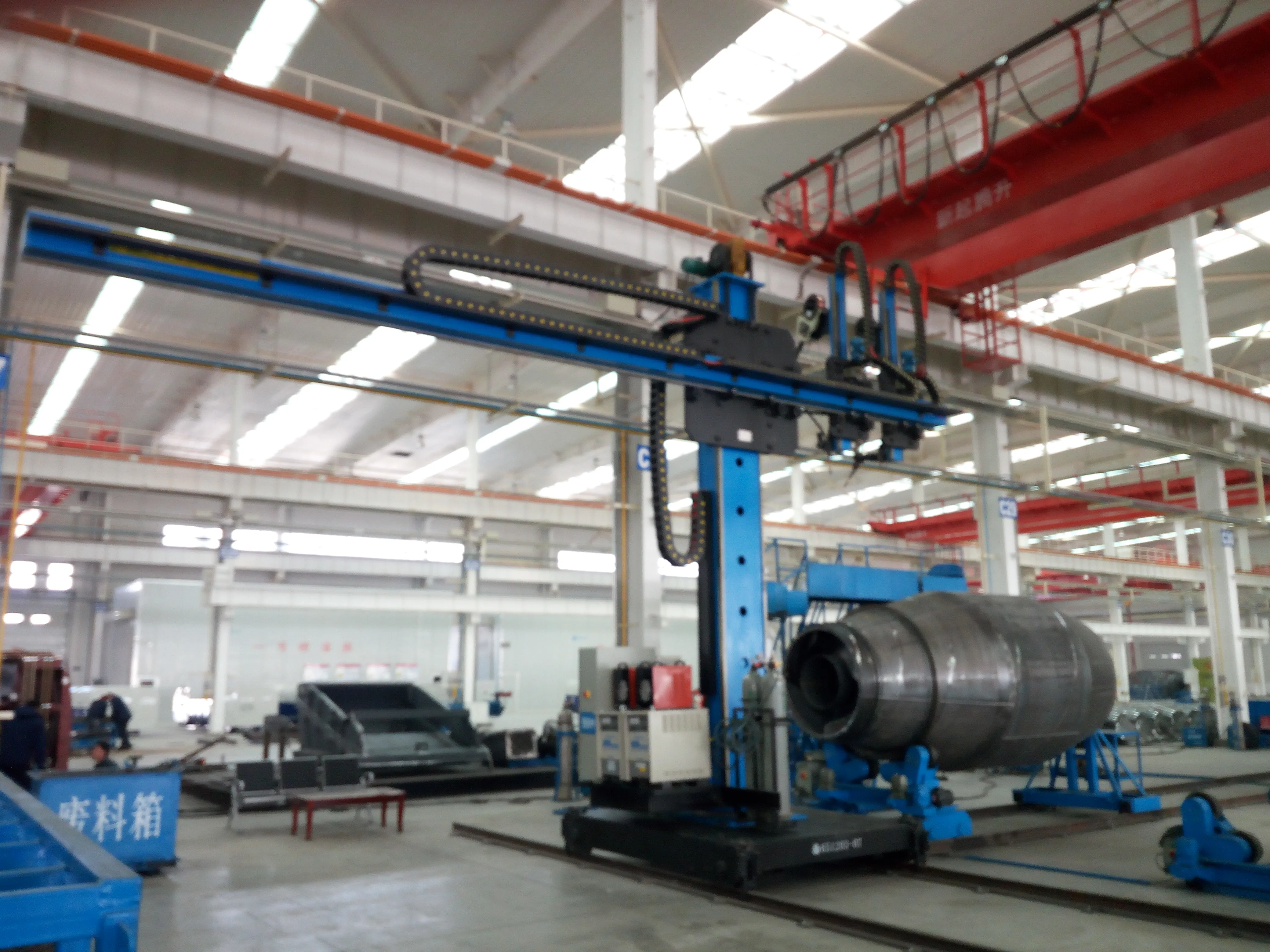
1. Demand confirmation
Manufacturers and customers to communicate with a detailed understanding of their specific welding needs and requirements. Including welding process, welding materials, welding parameters, operating environment and other requirements. Through in-depth dialog with customers to ensure an accurate understanding of customer needs.
2.Design program development and technical quotation
According to the customer’s needs, the manufacturer develops a design program that meets their requirements. The design program should take into account the structure, size, power, control system, safety devices and other elements of the welding operator to ensure the stability, reliability and safety of the equipment.
Based on the developed design program, technical quotations are made. Quotations generally take full account of the materials required, processing techniques, labor costs, accessory costs and other factors. Provide a reasonable price, while ensuring the quality and performance of the equipment.
3.Sign the contract and start production
Manufacturer and customer consensus, the customer accepts the offer and sign a contract, welding machine manufacturers to start the production of equipment. This includes raw material procurement, processing and manufacturing, assembly and installation, commissioning and testing. The production process should follow the relevant quality management standards and process requirements.
4. Delivery and installation and after-sales service
After the production of the equipment is completed, the welding manipulator manufacturer will deliver it to the customer, and carry out on-site installation and commissioning. Ensure the normal operation of the equipment and meet the customer’s needs.
…
For more details about welding column boom manufacturer customization, you can visit :https://www.bota-weld.com/en/a/news/customization-process-for-welding-column-boom.html

